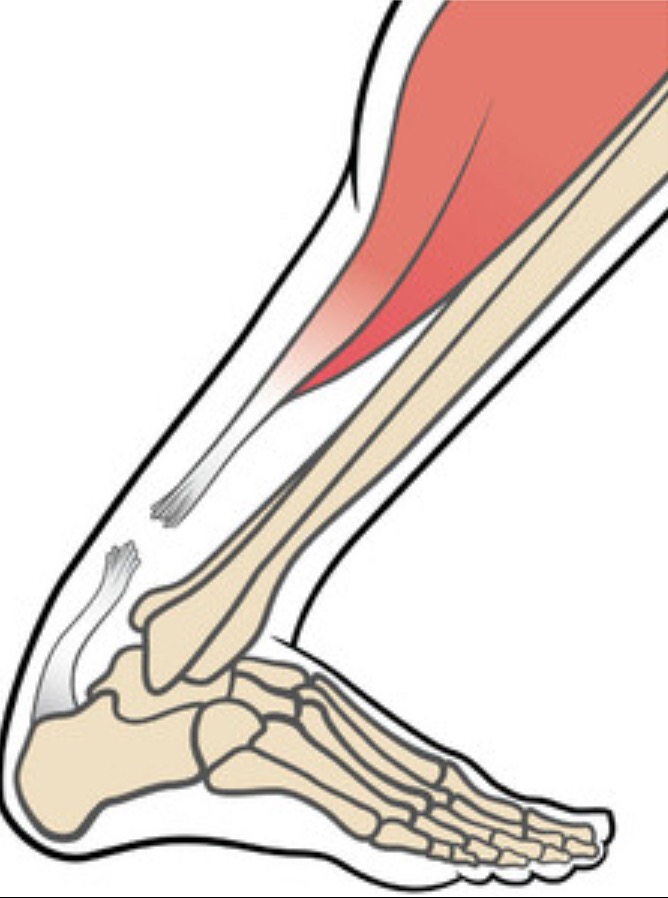We’ve all seen it. Another player goes down in the playoffs. Halliburton. Tatum. Kevin Durant years ago. Different names, same pattern: a calf strain or ankle sprain that seemed to heal… until suddenly, their Achilles gives out at the worst possible time.
If you’re an athlete, coach, or even someone just trying to stay active, it’s natural to wonder: Why does this keep happening? Is there something we’re missing?
Before the movement gurus start offering quick theories online, let’s take a deep breath and look at what the evidence really says.
Injury Isn’t Random, but It’s Complicated
The truth is, injury is almost never caused by just one thing. It’s multifactorial—a mix of how the body is moving, how prepared the tissues are, and how well you’re recovering between demands.
But there is one clear and consistent predictor of future injury:
👉 A prior injury.
Once you’ve had a calf strain or ankle sprain, that area doesn’t always bounce back the way we’d like. The tissues, nerves, and even the way you move can leave you a little more vulnerable.
It doesn’t mean you’re fragile. It means your body needs thoughtful preparation to meet the demands you’re about to place on it.
So What Can You Do About It?
Here’s the honest truth: you can’t make yourself completely immune to injury. But you can lower the risk. You can give your body and tendons the best shot at holding up when it matters most.
✅ Progressive Loading
Ease your way back into higher demands.

